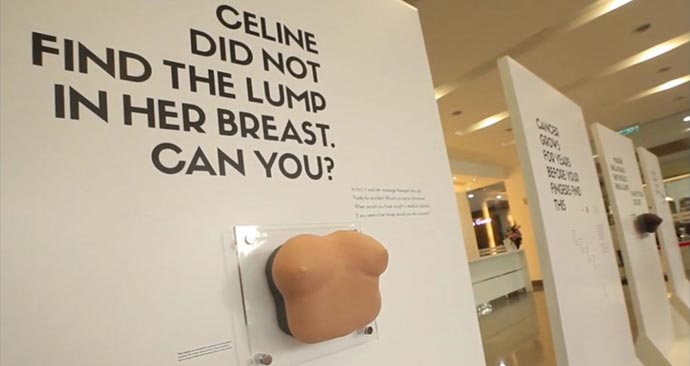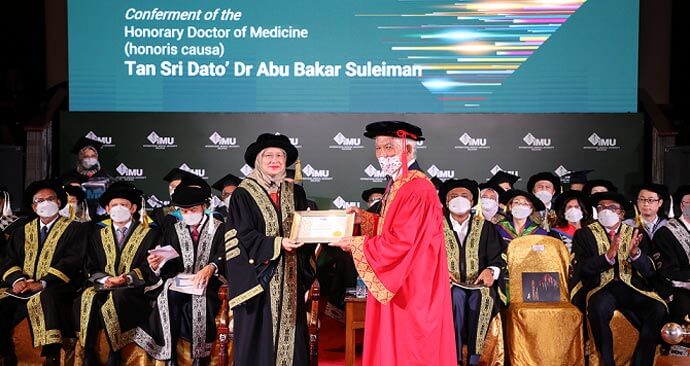For many pupils, solving mathematical word problems is always challenging as they struggle to comprehend exactly what is presented and asked in the problems. It gets trickier when they have difficulties in determining the proper steps and operations required to solve the problems.
About 50 Standard 4 to 6 pupils at Tenby Schools Penang had an enriching learning experience as they immersed themselves in an interesting session to conquer the topic. WOU School of Education, Humanities and Social Sciences (SEHS) senior lecturer Dr Tan Saw Fen delivered a talk entitled “Use of Bar Models to Solve Word Problems” at the school on 10 November 2022. The session was held in conjunction with the school’s STEAM (Science, Technology, Engineering, Arts and Mathematics) Week.
The bar model method is a pictorial representation that helps pupils visualise the given mathematical problem using different-sized rectangles and bars. The size of the bars is proportional to the numbers they represent. Pupils convert the textual information in a word problem to visual language using the bars.

Dr Tan Saw Fen is a senior lecturer with SEHS.
This technique enables pupils to visualise abstract mathematical concepts in order to gain a deeper understanding of the operations they can use to solve the word problem. By applying this approach, pupils develop their capacities to think holistically, gain insight and effectively solve the problem. In a nutshell, the bar model strategy enhances pupils’ problem-solving abilities.
During the session, Dr Tan introduced the pupils to three types of bar models – namely ‘part-part whole’ model, ‘equal parts of a whole’ model and ‘comparison’ model. ‘Part-part whole’ model consists of two parts that together form a whole. It can be used to represent addition and subtraction. The ‘equal parts of a whole’ bar model consists of multiple equal parts that together form a whole. This model can be used to illustrate multiplication and division. Lastly, the ‘comparison’ model consists of two or more bars placed one below the other to show a comparison of quantities.
Dr Tan then presented several examples to familiarise the pupils with the method before engaging the pupils in a lively discussion to tackle the word problems. The pupils were also encouraged to share their answers with their classmates.

Dr Tan receiving a token of appreciation from a school representative.
Online Education Fair 线上教育展
Wawasan Open University (WOU)
宏愿开放大学
https://edufair.fsi.com.my/wou












